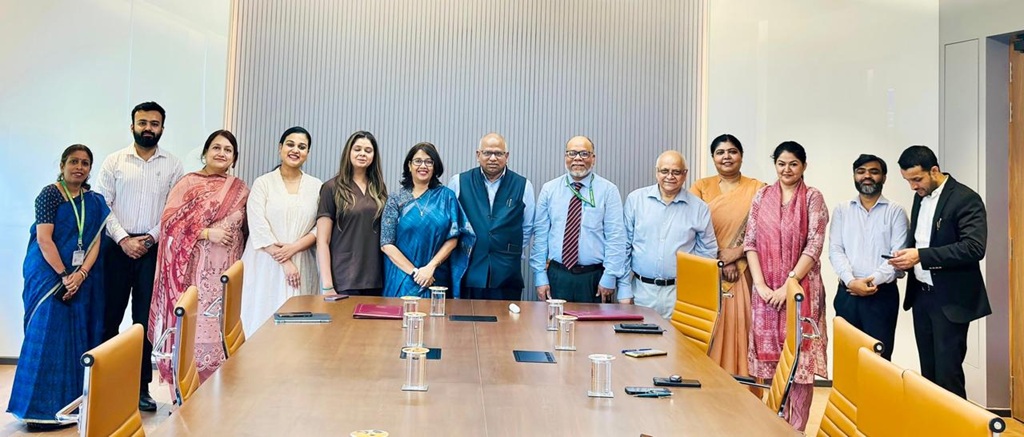Mumbai: Media will turn the spotlight on itself at the NCPA on 7 June evening when journalist veterans will be quizzed on how the fourth estate handled the coverage of the Lok Sabha elections. The subject ‘Elections 2014: Were We Fair, Or Did We Stoke the NaMo Wave?’ will be debated with Times Now Editor-in-Chief Arnab Goswami and IBN18 Network Editor-in-Chief Rajdeep Sardesai, and other senior journalists in discussion with Uday Shankar, CEO of Star India, and Piyush Pandey, chairman of Ogilvy and Mather.
The panel discussion is part of the Grand Finale on Saturday of the Press Club Mumbai’s RedInk Awards 2014 which will see 30 journalists receiving cash prizes and trophies in 15 categories of print and television awards. The Chief Guest, the Governor of Maharashtra K Sankaranarayan, and the Guest of Honor, the Minister for Information & Broadcasting Prakash Javadekar, will preside over the awards ceremony. The I&B minister, Mr Javadekar will speak on the central government’s new media policy.
Prime among those being recognized is Mrinal Pande who will receive the RedInk Award for ‘Lifetime Achievement’. Ms Pande took over as the first woman editor in 2000 of the Hindi daily Hindustan and turned it from a laggard to among the largest circulated newspapers in India.
In other sections of the RedInk Awards, 10 panels of juries were constituted from among distinguished citizens, senior journalists and industry experts to judge over 800 entries in print, online and television entries. From this intense competition have emerged nearly 30 winners and runners-up who will receive cash prizes of Rs one lakh in each of the 14 competitive categories.
The Journalism Awards have been instituted to promote best practices among journalists and encourage good quality writing, fair play and high ethical standards.
In the fourth year now, the RedInk Awards have been expanded and restructured this year to include important areas like ‘human rights’ as well as to draw a distinction between ‘breaking news’ of the day from the long-form, analytical writing of the magazine variety.






0 Comments